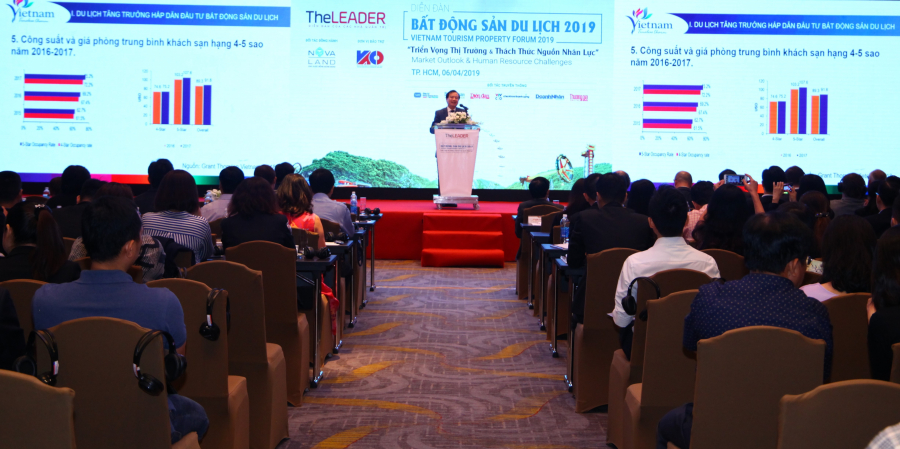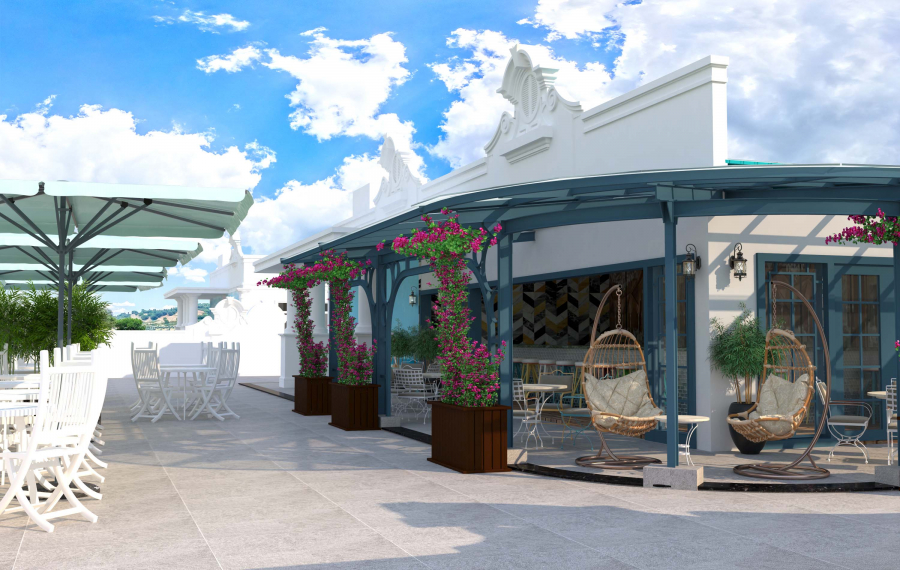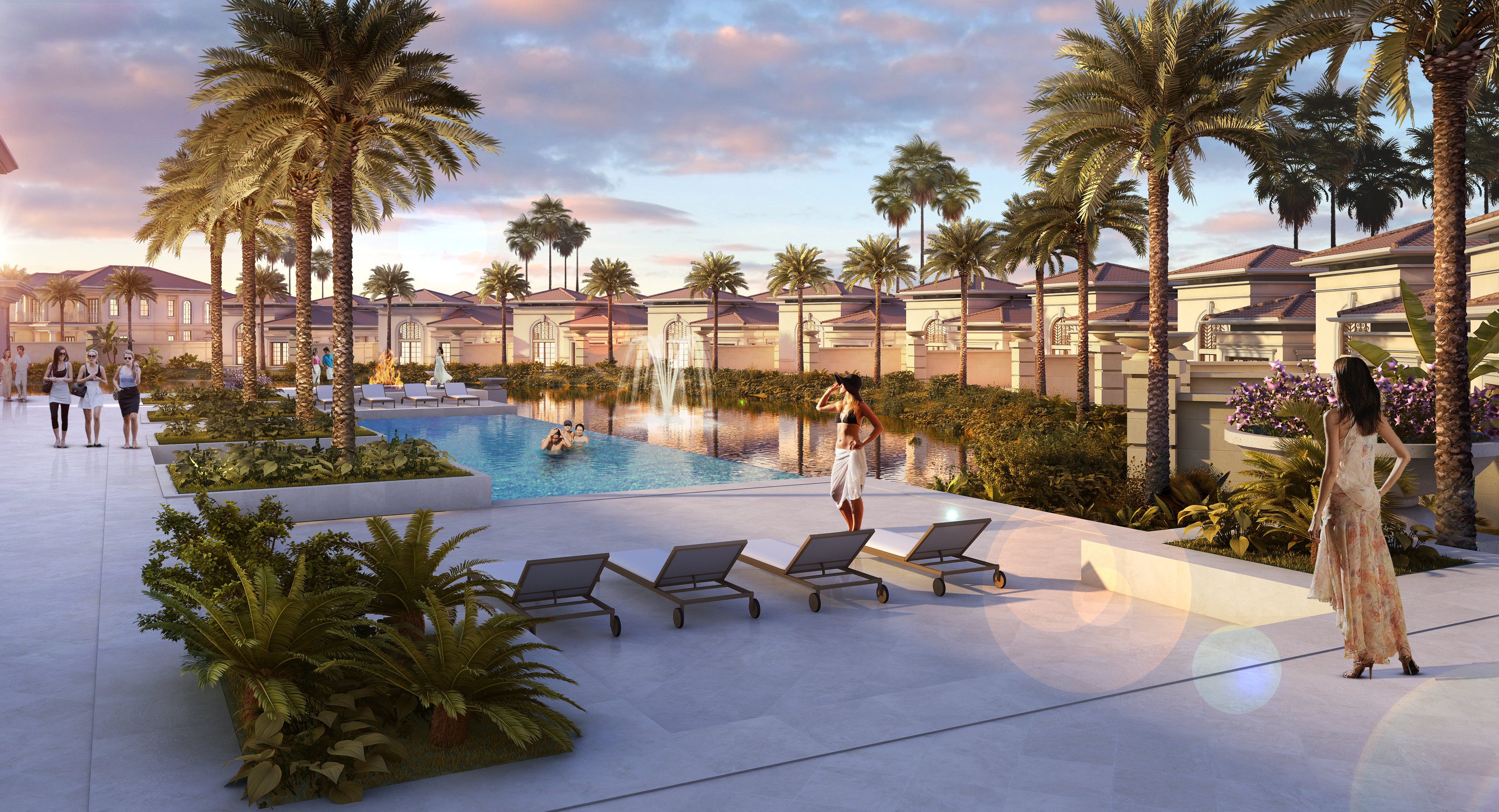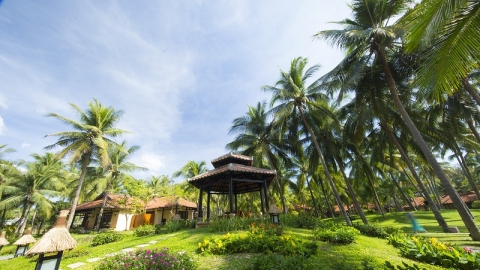Vietnam tourism has been growing strongly in recent years, especially resort tourism. According to statistics from the General Department of Tourism, by 2020, Vietnam tourism will reach a total revenue of 35 billion USD and by 2030, this figure will be 70 billion USD. The number of international tourists to Vietnam is increasing: it is expected that by 2020 it will be 20 million (double that of 2016), the growth rate of international tourists to Vietnam has increased by about 20%/year. In addition, Vietnam's population is about 100 million and the average income per capita is increasing, which is a large domestic demand. The growth rate of domestic tourists is about 10%/year.
Vietnam has favorable natural conditions: many beautiful landscapes, long coastline, increasing people's living standards, and strongly developed infrastructure. These factors help Vietnam to have many advantages in developing resort tourism and projects are appearing more and more: Novaland Group invests in a 500ha safari resort in Ho Tram (Ba Ria - Vung Tau), Deawoo Group joins hands with TDH to do a condotel project in Long Hai (Ba Ria - Vung Tau), Thien Minh Real Estate Investment Joint Stock Company cooperates with Viet Uc Group to develop the Aloha Beach Village project (Phan Thiet)...

In addition to the projects of hotel apartments, resort villas, commercial tourism townhouses, townhouses combining business and accommodation or branded resorts being built in key tourist areas, large-scale resort complexes or urban tourism areas with diverse real estate and tourism products such as casinos, theme parks, and golf courses have begun to appear.
The rapid development of resort real estate also faces many challenges: difficulties related to interest rates; determining land prices and land taxes; land access and site clearance processes and especially the ability of tourism human resources to meet the needs.
At the 2019 Tourism Real Estate Forum, a survey on human resources was published by The Leader e-magazine. Accordingly, among the 100 leading enterprises in the real estate market, 32 enterprises returned the survey with full information, all of which admitted that they were facing difficulties with the shortage of human resources for the resort tourism industry.
Just considering the quality of tour guides, who play an important role in attracting and promoting the tourism industry (including resort tourism) to tourists and investors, the survey's statistics have reflected this reality: the percentage of tour guides fluent in English is only about 40%, fluent in Chinese is only 5%, and Korean is about 2%. In addition, the qualifications and skills of staff at many hotels and resorts are still weak.

Mr. Kai Marcus Schroter, General Director of Hospitality Tourism Management (HTM), shared that in some locations such as Phu Quoc, HTM often does not recruit enough staff, so it has to look to other provinces and cities to search and train. The shortage of tourism personnel in Vietnam has not been resolved yet and to meet the human resource problem in this field in the next 10-15 years, Vietnam needs to invest thoroughly in education.
Training is not a one-way story but requires certain levels and experiences in this smokeless industry. In the long term, developers and operators of resort real estate projects need to link with colleges and universities to set realistic standards and commit to accepting output. Doing this well will solve the problem of human resources not meeting the needs of employers.




















.jpg.jpg)




.jpg.jpg)







